Sam Ariaratnam: Digging his way to the future
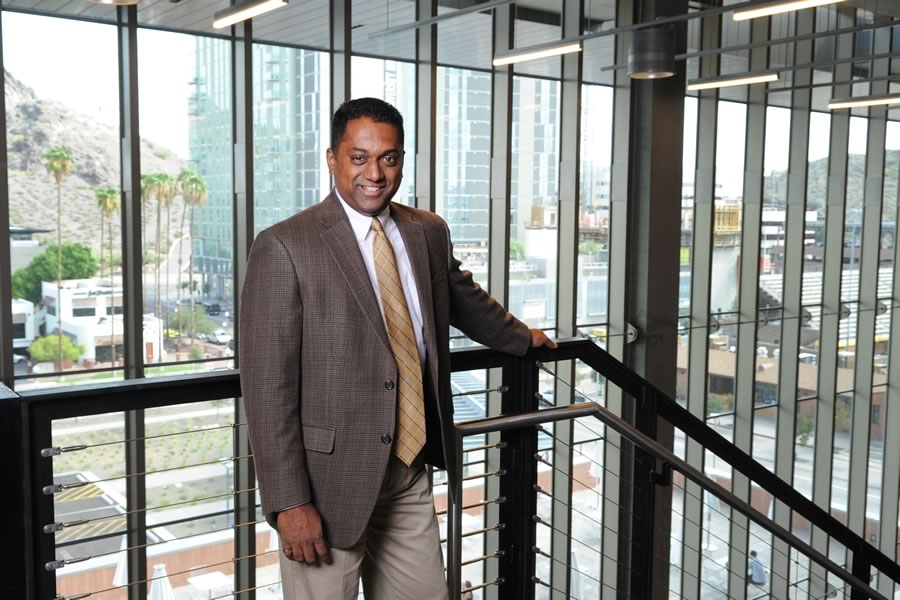
“ASU is a dynamic place. In real estate, it’s location, location, location. It’s the same in education. The Phoenix metro area has a dynamic construction industry and it is helping us build a world-class program.”
Sam Ariaratnam is digging his way to the future. But you won’t be able to see it, because it is hidden.
Called trenchless technology, the methods use a variety of underground excavation tools monitored from above, and involve cutting-edge methods for replacing deteriorated water and sewer pipes, and installing new utilities. Trenchless methods are also capable of reaching inaccessible areas such as under roadways and rivers.
Ariaratnam is a professor and chair of the Construction Engineering program in the Del E. Webb School of Construction, part of the School of Sustainable Engineering and the Built Environment, one of the Ira A. Fulton Schools of Engineering at Arizona State University.
He describes trenchless technology in medical terms.
“It’s like when surgeons switched from open-heart surgery to angioplasty in some cases,” Ariaratnam said. “We are now doing trenchless as an alternative to traditional open-cut construction in many situations. It reduces the carbon footprint and results in enormous social savings because there is less surface disruption.”
Burying utility lines for oil, natural gas, water, sewer, electrical, and telecommunications, protects them from exposure to storm events and other natural disasters, as well as third-party threats aimed at disrupting services.
It also eliminates unsightly visual clutter.
“It started to really gain popularity in the early- to mid- ’90s,” Ariaratnam said. “By the late ’90s, more people were exposed to it. Today, most new subdivisions bury all utilities underground.”
There are numerous methods available to install new utilities. One of the most popular is Horizontal Directional Drilling (HDD). HDD involves boring underground using a slanted-end drill bit that rotates as it moves forward. It employs sophisticated electronics that send information to the surface, thereby enabling the operator to monitor and adjust the bit’s depth and direction.
Another method of trenchless technology, called pipe bursting, replaces deteriorated water and sewer pipes with equal- or larger-diameter pipes without digging them up.
“They go from manhole to manhole (or valve to valve in the case of water mains), breaking up the existing deteriorated pipe and pulling a new one behind it,” Ariaratnam said. “They can do significant upsizes while still minimizing surface disturbance, saving money, and eliminating trenches that need to be filled in and paved, while diverting traffic.”
The technology has been used in the Phoenix metro area for nearly 20 years.
“Many Phoenix sewer lines are well over 50 years old,” Ariaratnam said. “The growth in that time has created a capacity issue. Thus, there is a need to make the lines bigger without digging up the whole city.”
Ariaratnam was a faculty kid, growing up in the college town of Waterloo, Ontario, in Canada, a town heavily influenced by the University of Waterloo.
His father was a civil engineering professor who taught at the university for 40 years, and Ariaratnam grew up socializing with other faculty and their families. He always wanted to be a civil engineer, and earned his bachelor’s degree at the University of Waterloo, then attended the University of Illinois at Urbana-Champaign for his master’s and doctoral degrees.
His first teaching job was at the U.S. Air Force Academy in Colorado Springs, Colorado, where he helped build the construction engineering and management curriculum. After a year, he moved to the University of Alberta in Canada to teach in the civil and environmental engineering department.
It was in Alberta, the hub of oil and natural gas production in North America, that he began the research that would become a decades-long pursuit and eventually bring him to ASU.
Ariaratnam began researching ways to transport oil and natural gas without disrupting the surface landscape. He was hired by ASU in 2001 to build a research area in underground infrastructure construction.
“ASU is a dynamic place,” Ariaratnam said. “In real estate, it is all about location, location, location. It is the same in academia. The Phoenix metro area has a dynamic construction industry, and it is helping us build world-class construction programs.”
Ariaratnam has been teaching a senior and graduate elective course on trenchless construction at ASU for 13 years, and he now includes material in the required senior project management capstone course, so every construction graduate has some exposure to the processes.
He is a firm believer in use-inspired research and its ability to improve society.
“It is important to be grounded with industry, to understand their challenges and needs,” Ariaratnam said. “It is the type of research that helps them and has societal implications. Everybody needs utilities for both business and daily life.”
He currently is working on several research projects funded by the Environmental Protection Agency and related to studying the effects and impacts of trenchless construction methods and hot to incorporate them in response to water main deterioration and breaks.
He is also a co-investigator on a $2.2 million, four-year multidisciplinary grant from the National Science Foundation to research sustainable infrastructures for energy and water.
“We need water to cool electricity and we need electricity to move water,” he said. “This is the ‘water-electrical nexus.’ ”
He also is working on a research project funded by Southwest Gas Corporation to study temperature effects on natural gas distribution lines.
“We have state-of-the-art instruments in seven locations within a three-state area; Arizona, Nevada, and California,” Ariaratnam said. “We are researching the relationship between air temperature fluctuations and ground temperature.”
The Del E. Webb School of Construction is building a faculty research cluster in buried infrastructure, which Ariaratnam believes will bring in additional funding.
“Government research funding is becoming more difficult to obtain,” Ariaratnam said. “We are looking at big industries and products that will help them, including major oil and gas companies and utilities.
“We’ve done well with research to date. Now it is time to focus efforts on winning larger multiyear research proposals.”
These faculty profiles were written as part of the celebration of the grand opening of the College Avenue Commons, the home of the Del E. Webb School of Construction, in 2014.
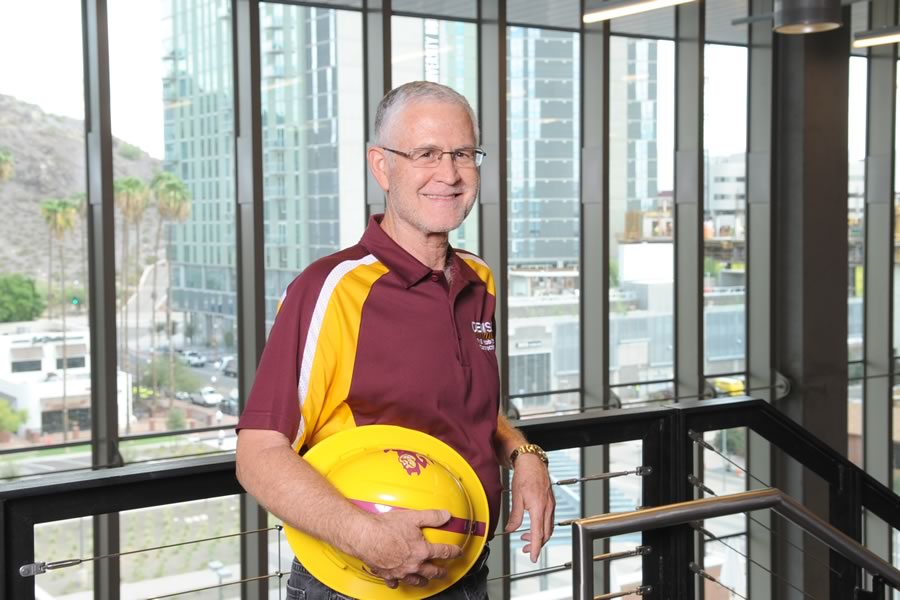
Allan Chasey: Embracing his construction destiny
“I enjoy seeing buildings going up. There are few professions where you can go back 20 to 30 years later and say, ‘I had something to do with that.'”Editor’s note: Allan Chasey retired in the fall of 2016, but his construction management legacy lives on in the DEWSC....
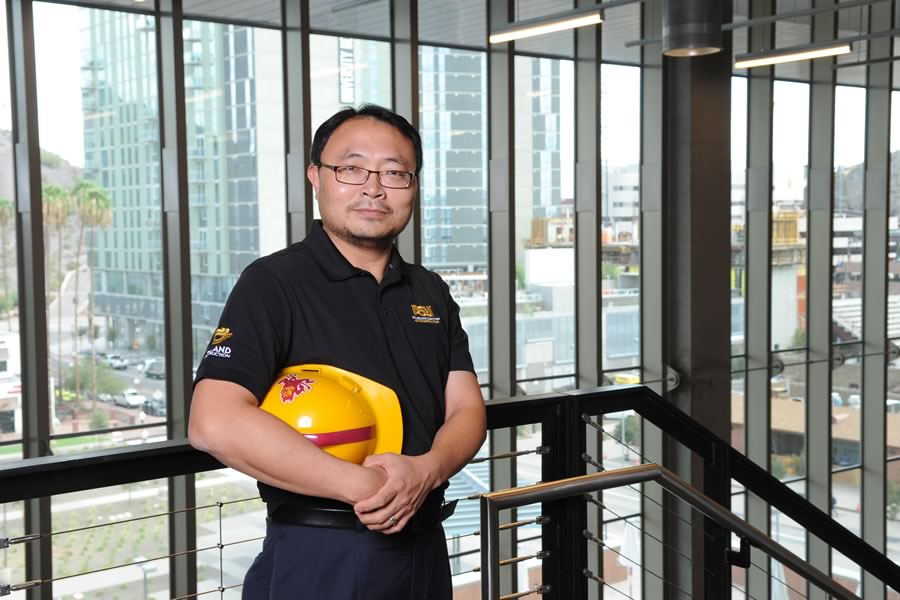
Oswald Chong: Seeking truth through data
Oswald Chong labels himself a skeptic. “I always question people indirectly as I don’t like to confront people directly,” said Chong, an associate professor in the Del E. Webb School of Construction, part of the School of Sustainable Engineering and the Built...
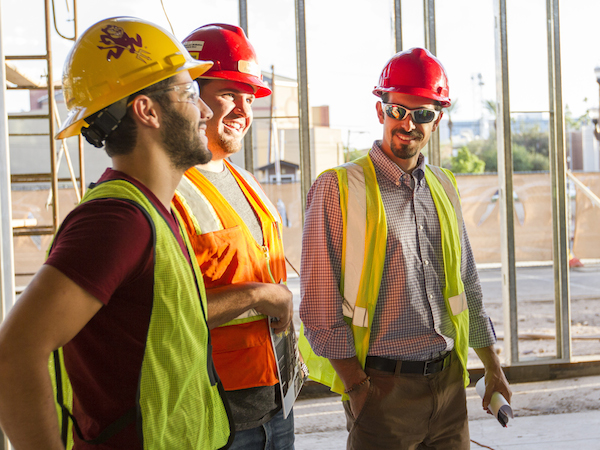
Mounir El Asmar: Looking to fuse disciplines
Mounir El Asmar has always been interested in multidisciplinary integration. Growing up in Beirut, Lebanon, and having gone through the French education system throughout his childhood, he juggled the idea of American versus French college education, and the majors of...
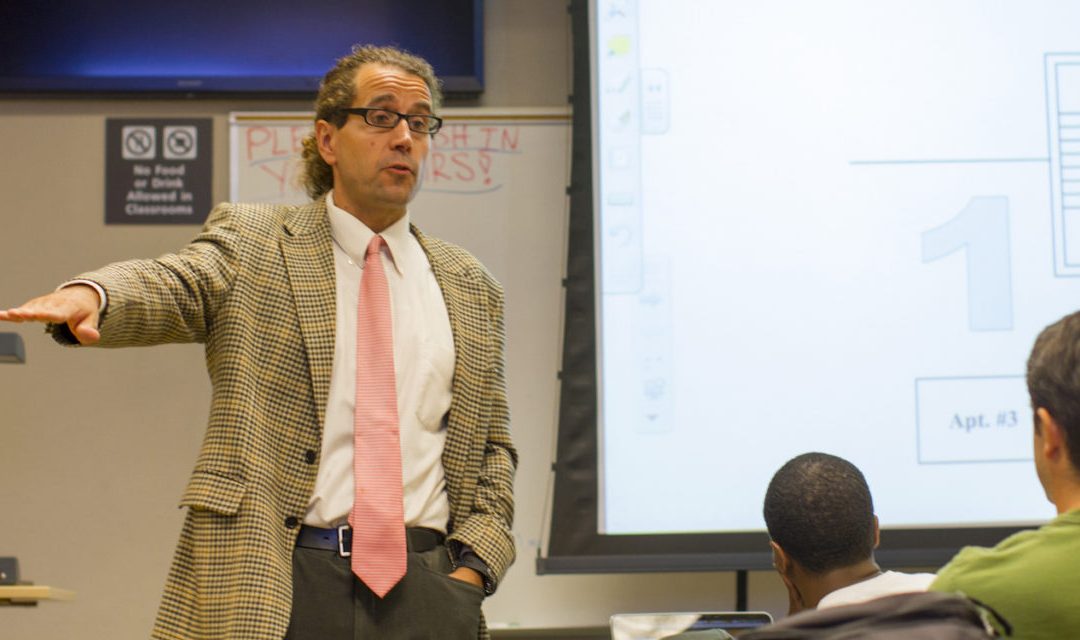
David Grau: The human element and variability
David Grau worked for years in the design and construction industry, and saw firsthand that the large complexity intrinsic to the delivery of capital projects resulted in variability and uncertainty. In turn, he observed that such uncertainty negatively impacts the...
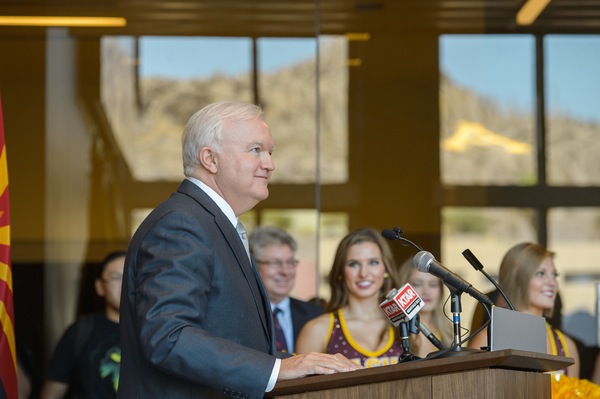
Edd Gibson: Leading through teaching and planning
“Planning is the intersection between business and engineering,” Gibson said. “Why are we doing the project? How should we proceed? What is the scope? It’s all about people and risk management, and this is when you have the largest influence on creating a successful...
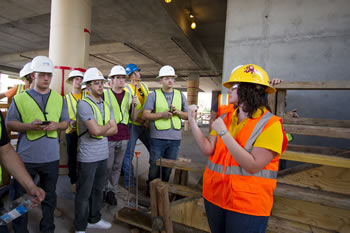
Kristen Parrish: A love affair with physics and teaching
Kristen Parrish – Sustainability Profile from ASU Engineering on Vimeo Kristen Parrish fell in love with physics in her 10th grade class in Michigan. “It was kinematic equations, figuring out how far you could drive a car up a ramp,” Parrish said. “I asked my...
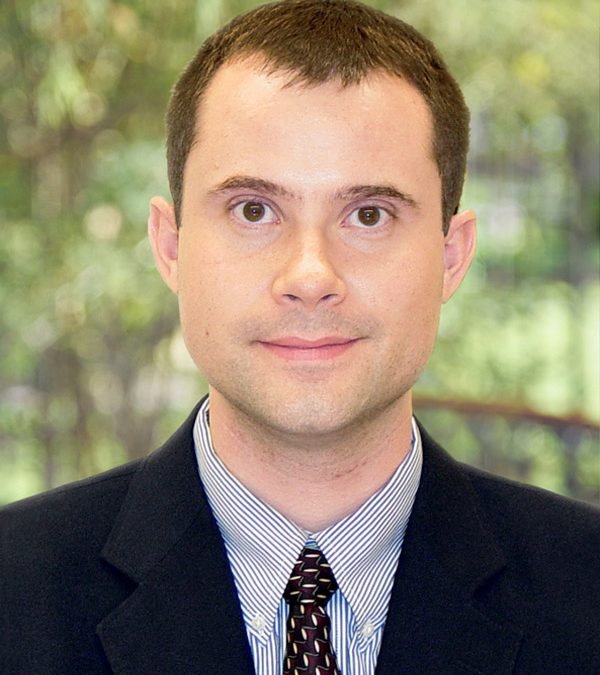
Kenneth Sullivan: ‘It’s all about people’
Kenneth Sullivan will tell you: Project performance? It is all about people. It always has been. “An efficiently engineered process can drive performance outcomes, but to truly optimize, the capability of the key individuals participating in that process is key. When...